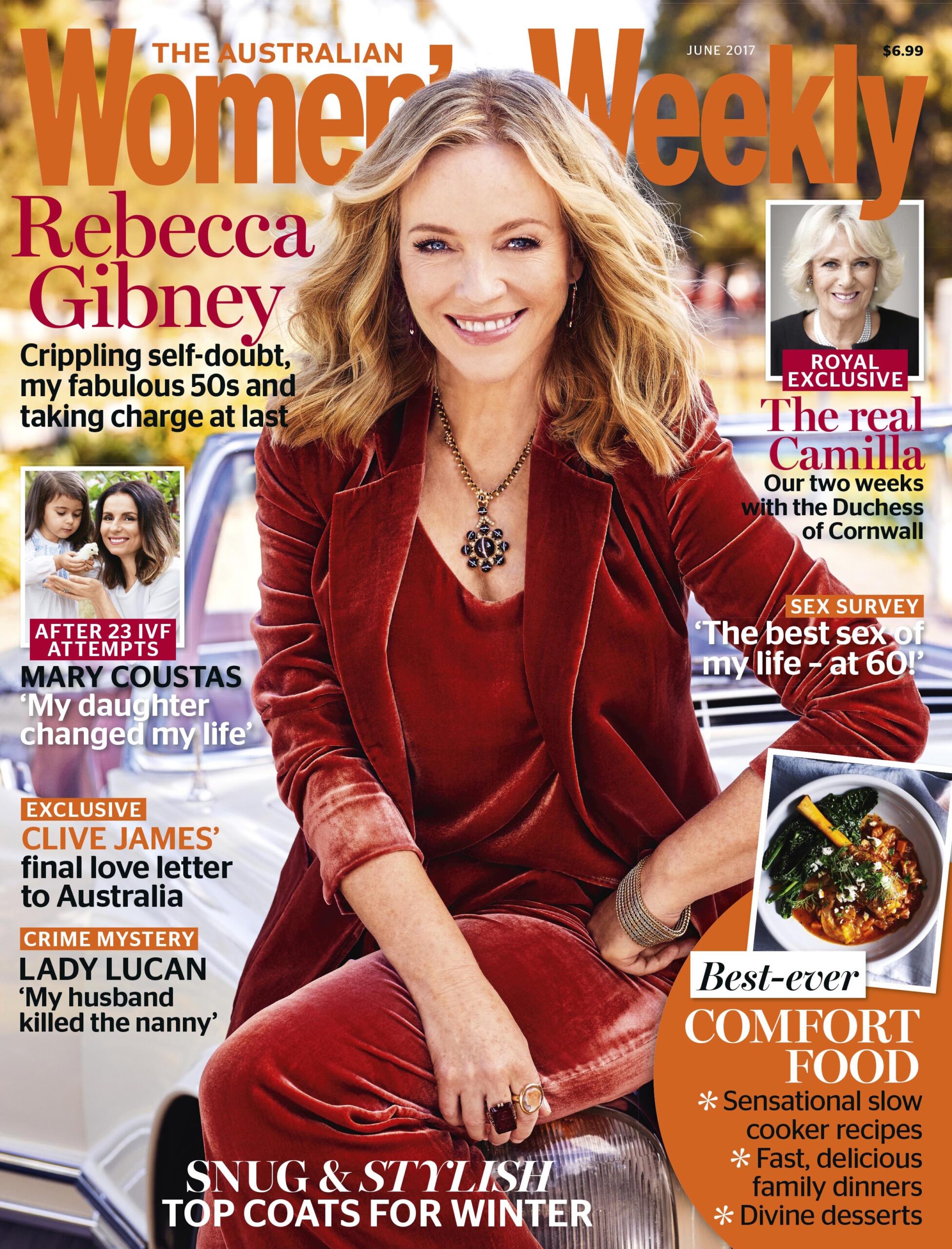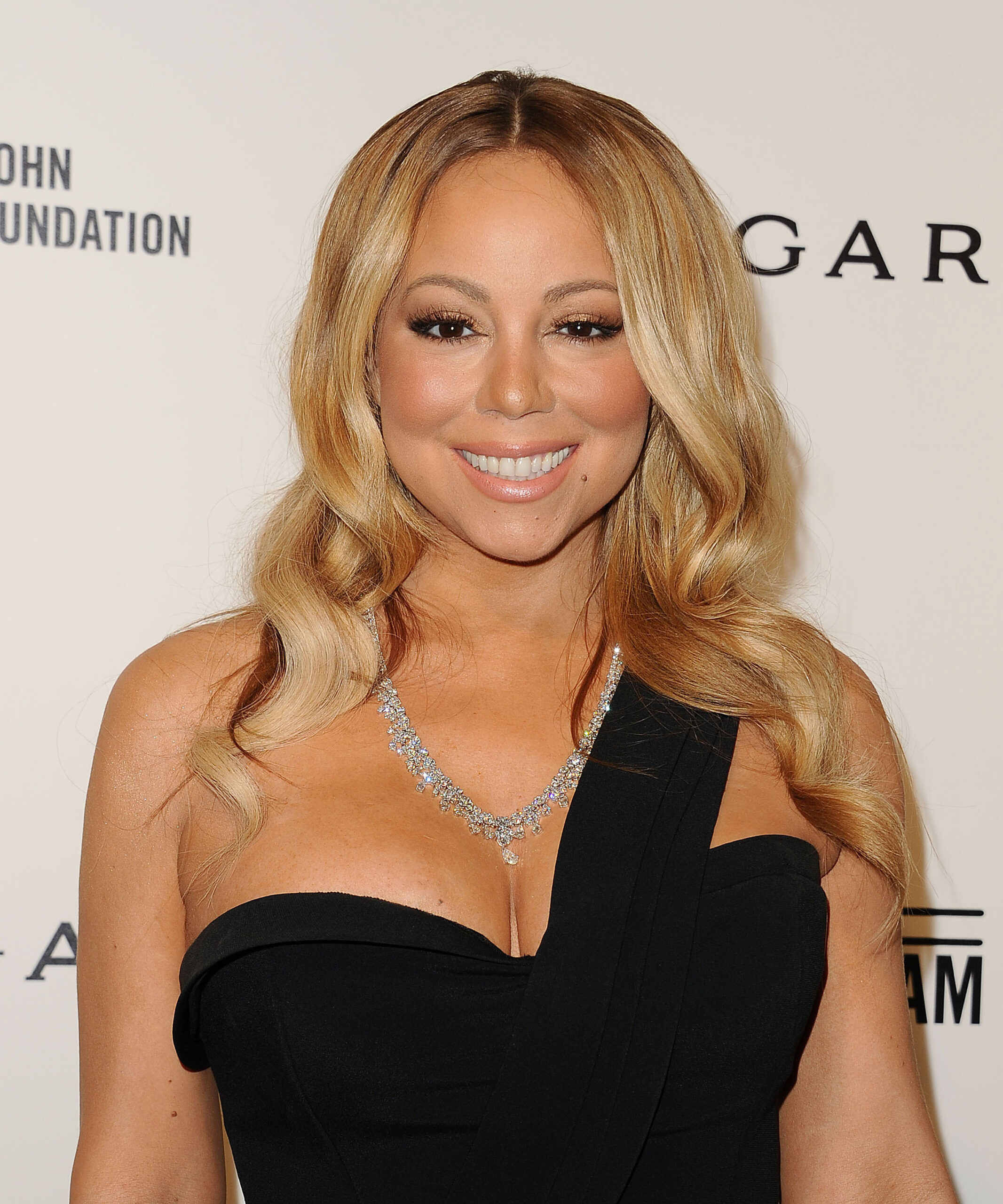Witchcraft is on the rise, but not witchcraft as you might imagine it.
Today’s thoroughly modern witches are more likely to practice their craft in suburban parks than in cemeteries. And they’re more likely to gather afterwards to share a glass of pinot and a cheese plate than a cauldron of blood.
Indeed, the modern witch is so inconspicuous, you might have one living next door.
Lisa-Jane Mason, whose coven is based in Wollongong, south of Sydney, tells The Australian Women’s Weekly’s June edition that much modern witchcraft is about personal growth.
“As I’ve progressed with my magical studies, it’s become more about my own personal development than controlling outside forces,” she says.
Most of her coven’s rituals are performed “skyclad” (naked) which, she says, is a practical as well as a symbolic choice.
“We generally have a fire in the middle and we’re dancing, so robes can be hot and uncomfortable, and flammable. But it’s also symbolic because these rituals are about being vulnerable with yourself, the universe and your coven.”

Paganism (an umbrella term for most nature-based religions, including witchcraft) had around 33,000 Aussie followers at the last published census and, in the USA, witches are thought to number more than one million. A reputable directory of covens and other Pagan groups currently lists 66 around Australia, including the Spirited Sydney Pagan Pub Meet and an online dating site, replete with images of skyclad pagans frolicking in the bush.
But paganism is not new to Australia. At the turn of the 20th century, the “notorious” English magician Aleister Crowley’s longtime lover and temple priestess was the Australian violinist, Leila Waddell. And Australia’s best known witch was Rosaleen Norton, an artist who was famous in the 1940s and ‘50s as ‘The Witch of Kings Cross’.
The spiritual practices followed by Norton, and by witches today, focus on nature, feature both female and male images of the divine, and involve immersive rituals.
Michelle Claire White, a spokesperson for the Pagan Awareness Network, says that the experiential nature of witchcraft is central to its popular appeal and points out that witchcraft has picked up followers as numbers of churchgoing Christians have dropped.
“What’s missing in mainstream Christianity,” Michelle says, “is the ecstasy: the dancing, the singing, the losing yourself in the spirit of ceremony.”
There’s more about Lisa-Jane and Michelle’s lives as witches in The Australian Women’s Weekly, out now.

.gif)
.jpg)
